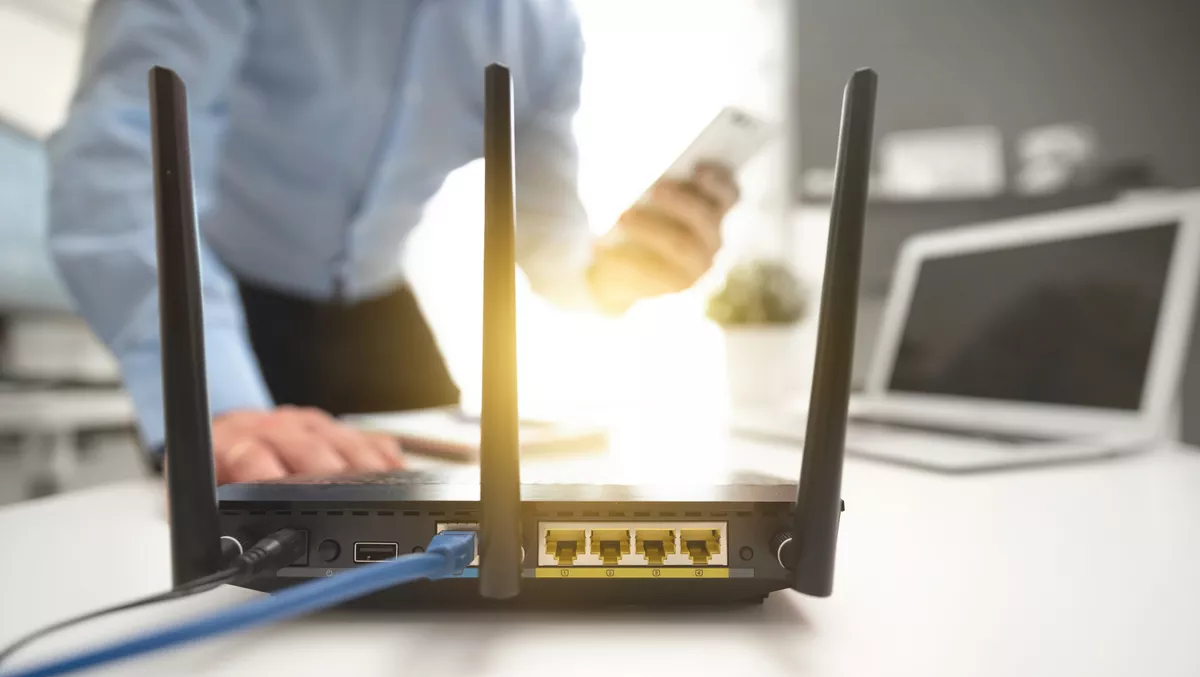
Kiwis are switched on when it comes to telecommunications
The Commerce Commission says New Zealanders are switched on when it comes to telecommunications.
It says they know what they want when it comes to telecommunications, and they like new technology and the ability to use it flexibly.
"Kiwis are enthusiastic adopters of telecommunications technology," says Telecommunications Commissioner, Tristan Gilbertson.
"In 2021, we have seen that they increasingly expect telecommunication products and services to offer high levels of flexibility alongside functionality and connectivity."
The Commerce Commission's 15th Annual Telecommunications Monitoring Report shows an increasing uptake of uncapped mobile plans and steady increases in fixed and mobile data usage. The report shows that the average amount of data used on a fixed-line connection rose from 284 GB to 330 GB per month and from 3.29 GB to 4.21 GB per month for mobile connections.
The report found that the number of copper connections dropped by 30% last year. And that most consumers coming off copper have moved to fibre, but that some are moving to wireless broadband. New Zealand has one of the highest levels of wireless broadband uptake in the OECD, with 15% of broadband connections now using this technology.
"In 2020, we noticed that COVID-19 lockdown restrictions were accelerating the growth in fixed broadband data usage," says Gilbertson. "While we have seen this trend continue, it has eased this year, with a shift towards products that enable greater flexibility in Kiwis' work, study, play, and stay connected."
In 2021, there were big jumps in the number of residential and business consumers choosing uncapped endless mobile plans, up 143% and 165% respectively on the previous year. Mobile is moving in the same direction as fixed broadband, where 79% of households are on unlimited data plans.
"We have all had to adapt our routines and lifestyles to deal with the range of disruptions and challenges created by the pandemic," says Gilbertson. "Telecommunications can go a long way to help us adapt, so the findings and trends we have seen in our monitoring report this year reflects the shifting priorities of our purchasing choices."
The Annual Telecommunications Monitoring Report measures and identifies trends in the competition, development and performance of New Zealand's telecommunications markets. The report also includes fixed broadband and mobile market share figures, largely unchanged from 2020.
The Commission says it is looking to improve the format and contents of the Annual Telecommunications Monitoring Report, ensuring that it remains relevant and fit for purpose. A consultation process to seek views will kick off later this year.
Key developments in 2021:
Mobile roaming revenue continued to fall due to travel restrictions: Ongoing border closures restricting travel led to total mobile roaming revenue dropping to $15.6 million in 2021, down 86% from 2019. Revenue from domestic customers roaming overseas fell 90% from 2019, while revenue from subscribers of overseas networks roaming in New Zealand fell 72% from 2019.
The popularity of uncapped mobile plans rose: In 2021, 42% (or 739,000) of residential on-account subscribers purchased uncapped 'endless' mobile bundles, up from 18% in 2020. Similarly, 26% (or 348,000) of business on-account subscribers purchased uncapped mobile bundles in 2021, up 10% in 2020.
Entry-level mobile plan prices dropped: The cheapest offer for an entry-level mobile plan of 50 minutes of calling and 500MB of data decreased by $2 in 2021 to $15 per month. Similarly, the cheapest offer for a mobile plan of 188 minutes of calling and 2GB of data decreased by $1 in 2021 to $27.
Fixed-line broadband data usage growth eased: Data usage by both fixed and mobile connections has continued to increase over the year. The average amount of data consumed on a fixed-line broadband connection increased from 284GB to 330GB per month. The average amount of data consumed on a mobile connection increased from 3.29GB to 4.21GB per month. However, the growth in fixed-line broadband data usage eased to 16%, compared to 2020, where growth was 37%.
Formal copper migration started: Chorus began formally withdrawing copper services where fibre is available in March 2021 by issuing the first notices under the Copper Withdrawal Code. As of 30 June 2021, Chorus had yet to withdraw any copper services but had issued 1,100 first notices and 128 further notices under the Copper Withdrawal Code.
At the same time, Spark has started progressively shutting down its Public Switched Telephone Network (PSTN) and moving customers off copper products.
The ongoing trend of customers choosing to move off copper services, combined with the start of formal withdrawal, has seen total copper broadband connections drop 30% to 308,000 in the year to 30 September 2021.
Commission 111 Contact Code came into force: From 1 February 2021, retail service providers (RSPs) have been required to tell new customers and remind existing customers that their home phones may not work in a power cut. RSPs had until 1 August 2021 to make extra support available to customers who meet the Commission 111 Contact Code criteria of a 'vulnerable consumer'.
Half of all mobile consumers remain with their provider for more than five years: A statistically significant consumer survey undertaken for the Commission found that fixed broadband customers switched providers more frequently than mobile customers. 52% of mobile customers have been with their current provider for more than five years, compared with 43% of fixed broadband customers.


